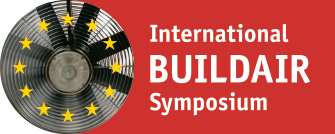Purpose of the work
European standards or specific programmes rules describe ventilation airflow measurements at terminal devices according to different protocols. Experience shows that these protocols rarely address the assessment of uncertainties.
The main goal of the Promevent project was to develop a reference protocol for the inspection of any mechanical residential ventilation system including both the assessment of uncertainties and recommendations or specifications for measurement methods and devices to be used to guarantee low measurement uncertainties.
Method of approach
This paper gives the major elements of this new protocol and analyses results from 180 airflow measurements performed in laboratory conditions in accordance with this protocol. The methodology developed to analyse the uncertainty components addresses errors due to repeatability, reproducibility and measurement method. Theses components are combined using a standard uncertainty propagation law.
Results and assessment of their significance
Our analyses of laboratory results show that the measurement method usually dominates the overall measurement uncertainty. To contain the overall uncertainty within acceptable limits, a Maximum Permissible Error (MPE) of the used measurement device is given in tables. This MPE has been evaluated for different configurations as a function of the measurement technique and the geometry of the air terminal devices.
Conclusions
The analysis shows that in 6 out of 15 configurations tested, the measurement uncertainty cannot be contained within a value of 15 %. For the other tested configurations, the MPE should be below 9-13 % to contain the overall uncertainty below 15 %.
Note
For more information, please contact the reference author at: adeline.melois@©erema.fr





